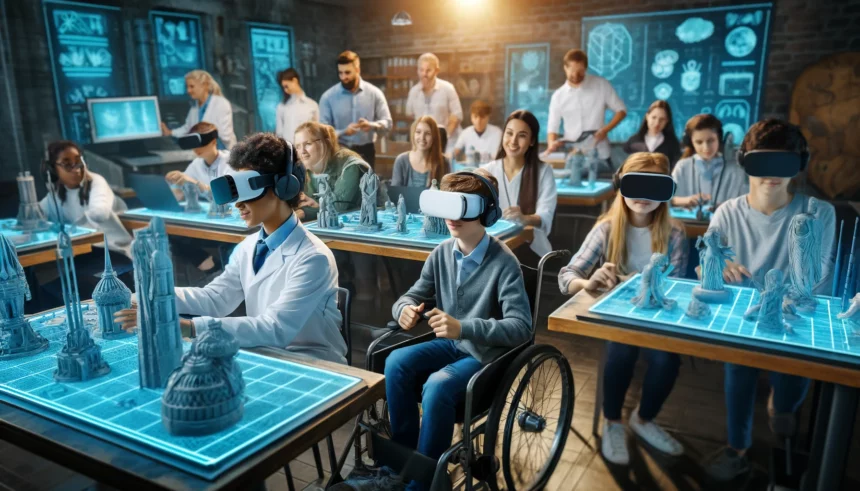Virtual reality (VR) is making a big splash in the educational scene across the United States, offering new ways for students and teachers to dive into learning. This technology takes students beyond traditional classroom walls, allowing them to experience interactive and engaging educational journeys. Let’s take a closer look at how VR is reshaping the educational landscape in America.
Making Learning More Engaging
One of the standout benefits of VR in education is how it ramps up student engagement and helps information stick. Imagine learning about ancient Egypt not from a textbook, but by walking through the pyramids and temples in a virtual world. Students can perform virtual dissections, participate in simulated chemical experiments, or take historical tours—all within the school’s VR setup. This hands-on approach not only makes learning fun but also deepens understanding.
Learning by Doing
VR pushes the envelope by enabling experiential learning, or learning through direct experience. This isn’t about watching and memorizing; it’s about doing. Students can visit Mars, explore the ocean’s depths, or walk through historical sites without leaving their classroom. This immersive form of education encourages exploration and problem-solving in a variety of subjects.
Connecting Theory and Practice
For fields that benefit from practical experience—like medicine, engineering, and architecture—VR is incredibly valuable. Medical students, for instance, can practice surgeries in a risk-free virtual space. Similarly, engineering students can build and test their designs, and architecture students can model buildings. This safe, virtual practice field helps bridge the gap between classroom learning and real-world application.
Helping Every Student Succeed
VR technology also opens doors for students with disabilities or special needs by removing many physical learning barriers. It offers customizable experiences that cater to different learning needs and styles. For example, visually impaired students can receive auditory instructions and cues, while those with mobility issues can engage in virtual hands-on activities. VR helps ensure that all students have equal opportunities to learn and succeed.
Bringing Education Everywhere
Beyond just enhancing the classroom, VR can bring education to students who live in remote or underserved regions. Virtual classrooms and online learning platforms mean that a student’s location no longer limits their educational opportunities. With VR, students anywhere can enjoy immersive and interactive learning experiences, just like their peers in more populated areas.
In summary, Virtual Reality is set to redefine the educational experiences of students in the U.S., making learning more interactive, inclusive, and impactful. It not only makes education more accessible but also prepares students better for the technological world they will inherit.
















